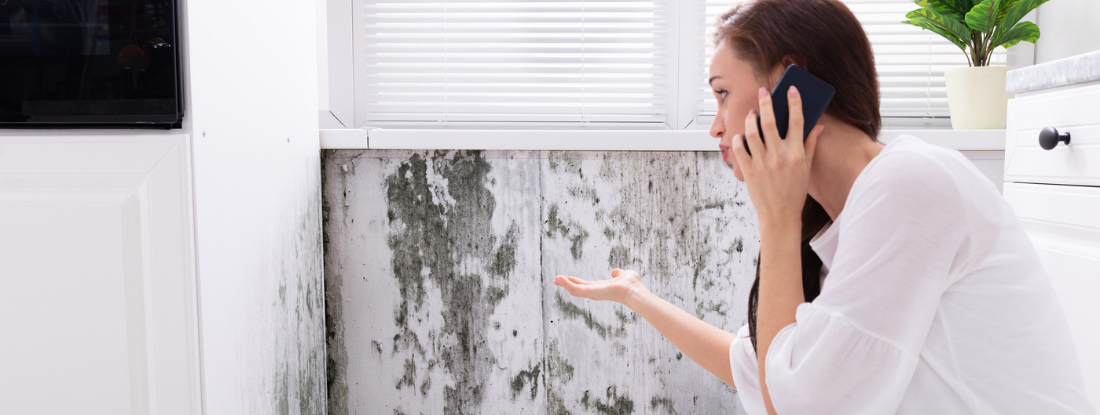Effective Blog Post Mold Removal Solutions for Your Home
Mold and mildew development in homes can be a persistent issue, typically calling for an organized method for efficient post-remediation remedies. From understanding the factors that add to mold and mildew growth to executing proper cleansing strategies and wetness control steps, the procedure can be intricate yet important for preserving a healthy living setting. Additionally, checking out all-natural removal solutions and establishing a routine for recurring maintenance are crucial components of a comprehensive mold removal strategy. As house owners make every effort to attend to mold concerns, locating the most efficient solutions becomes vital for the health of their houses.
Understanding Mold Growth Factors
Mold growth is affected by a range of elements that are important to comprehend in order to efficiently deal with and prevent its proliferation. Understanding these aspects is essential in implementing successful mold and mildew remediation techniques. The main aspect contributing to mold development is dampness. Mold spores require wetness to flourish and germinate, making damp or humid atmospheres extremely vulnerable to mold and mildew infestations. Poor air flow can also lead to moisture accumulation, producing an ideal reproduction ground for mold and mildew.

Moreover, air movement and light exposure can affect mold development. Locations that lack proper air flow and natural light are extra prone to mold and mildew development. By resolving these variables adequately, people can properly alleviate mold development and safeguard their living environments.
Proper Mold And Mildew Cleaning Methods
Using effective cleaning approaches is necessary in addressing and preventing the recurrence of mold contamination in indoor environments. When handling mold and mildew, it is essential to prioritize safety and security by using protective gear such as handwear covers, goggles, and masks. The primary step in appropriate mold cleaning is to have the afflicted area to avoid the spread of spores to uncontaminated locations. This can be attained by sealing off the space and making use of air scrubbers or adverse air makers to maintain air quality.

Executing Wetness Control Actions
To effectively avoid mold growth and contamination in indoor environments, applying dampness control measures is extremely important. Wetness is the primary variable that gas mold development, making it important to handle moisture degrees within the home. One reliable procedure is to use dehumidifiers to preserve indoor humidity levels listed below 60%. Additionally, making sure appropriate air flow in locations vulnerable to moisture great post to read buildup, such as bathrooms and kitchens, can help in reducing the danger of mold growth. Regularly inspecting and repairing any type of leakages in pipes, roofing systems, or windows is also vital in protecting against excess moisture buildup. Making use of exhaust followers while cooking or showering, and allowing air flow by maintaining furnishings a little far from walls can help in wetness control. Using moisture-resistant materials in high-humidity locations, such as mold-resistant drywall and paints, can be beneficial. By faithfully executing these dampness control measures, property owners can efficiently decrease the probability of mold and mildew recontamination and keep a healthy interior atmosphere.
Using All-natural Remediation Solutions
After effectively applying dampness control steps to prevent mold and mildew development in interior atmospheres, house owners can currently check out the efficiency of natural removal remedies in preserving a healthy and balanced living area. All-natural removal options use environmentally pleasant approaches to deal with mold and mold, making them a prominent option for those seeking non-toxic options. By including these natural remediation remedies into their cleaning routines, house owners can efficiently battle mold and mildew development while promoting a healthier interior environment for themselves straight from the source and their families.

Preserving a Mold-Free Setting
In order to protect against mold and mildew recurrence and make sure a continually mold-free environment, it is essential for house owners to apply positive upkeep methods. Routinely checking areas susceptible to mold development, such as bathrooms, kitchens, attics, and cellars, is essential. Addressing any kind of leakages, water damage, or excess wetness immediately can considerably decrease the threat of mold growth. After mold remediation. Appropriate air flow in areas with high humidity levels is also essential to avoid mold and mildew development. Using dehumidifiers or exhaust followers can help preserve ideal wetness levels and prevent mold spores from flourishing.
Furthermore, maintaining tidiness in the home is essential for mold avoidance. Keeping indoor plants in check and making sure correct drain in exterior landscaping can lessen moisture build-up, reducing the probability of mold problems.
Conclusion
Finally, it is important to address mold development variables, utilize correct cleaning strategies, carry out moisture control steps, utilize natural removal services, and maintain a mold-free environment in order view publisher site to successfully deal with article mold and mildew removal in your house - testing air quality after mold remediation. By adhering to these strategies, you can protect against mold from recurring and make certain a healthy living atmosphere for you and your family
The main factor adding to mold growth is dampness. Mold and mildew spores require dampness to sprout and prosper, making damp or wet settings extremely susceptible to mold invasions.To properly protect against mold and mildew growth and contamination in interior environments, executing wetness control measures is vital. Furthermore, guaranteeing appropriate ventilation in areas prone to moisture accumulation, such as restrooms and kitchens, can help lower the threat of mold growth.After efficiently implementing wetness control measures to stop mold growth in interior atmospheres, property owners can now discover the effectiveness of all-natural removal options in maintaining a healthy living area.